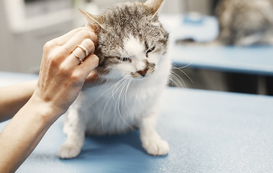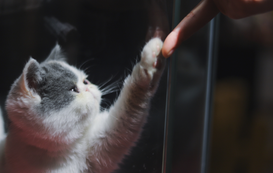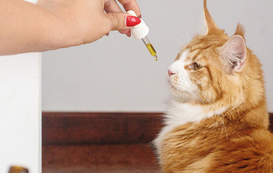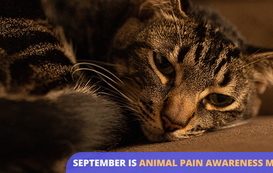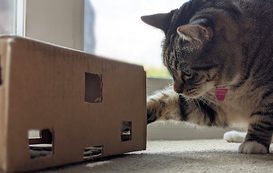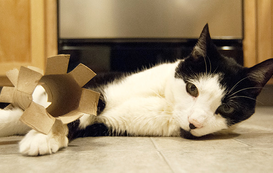- Home
- Cat Sitter Blog
- Cat Ownership
- Spay and Neuter Awareness Month 2023


Popular posts
Spay and Neuter Awareness Month 2023
My cat stays indoors. Why should I bother getting them spayed/neutered?
Aside from the risk that your cat could slip outside or otherwise come into contact with another unsterilized kitty by accident, there are many benefits to spaying/neutering your indoor cat.
1. Health benefits
According to Banfield Pet Hospital’s Pet State of Health 2013 Report, spaying/neutering your cat can significantly increase your cat’s lifespan - up to 39% for spayed female cats and 62% for neutered male cats.There are several factors that play into this. For males, neutering eliminates the risk of testicular cancer and minimizes the risk of prostate diseases. For females, spaying drastically reduces the risk of uterine infections and mammary cancer.
2. Behavioral benefits
Behavior can also impact your kitty’s life expectancy. Unspayed/unneutered cats are roughly four times more likely to be hit by a car and three times as likely to be taken to the vet for treatment of an animal bite than their spayed/neutered counterparts. Spaying and neutering reduces the urge to search for a partner; this limits males’ aggression toward other cats as they have no need to fight for a mate, and females will no longer go into heat and display signs of distress such as yowling and roaming. Sterilized kitties may exhibit calmer behavior at home and are less inclined to become restless or mark their territory with urine.
My cat is spayed/neutered. Now what?
Did you know that an unspayed female cat can give birth to up to five litters of kittens in a single year? Since cats have a short gestation period of roughly two months, pregnancies can quickly get out of hand in unsterilized cat colonies.
With around 3.2 million cats entering the US shelter system and over half a million cats euthanized each year according to the ASPCA, overpopulation is a serious issue. Spaying and neutering can help every kitten find their furrever home by reducing the number of unhoused kitties stuck roaming the streets and sitting in shelters.
How can I get involved in my community?
One way you can make a massive difference in your community is by getting involved with local trap-neuter-return (TNR) efforts. For a description of TNR and resources for getting involved, check out Neighborhood Cats. We encourage you to do a quick Internet search to see how you can get involved with a group and take action locally.
If you’re looking to help out in your community but feel that TNR efforts aren’t the right fit for you, here are some simple ways you can help shelter cats. There are ways you can make an impact, regardless of the level of time and money you have available to give.
In summary
In the case that your cat is already spayed or neutered, we hope you will join us to spread awareness this month and make an effort to take action in your community!
If your cat has yet to be spayed/neutered, there are plenty of tools available to help connect you with low-cost spay and neuter options. If you still have questions or concerns, we encourage you to speak to your vet about spay and neuter options and how they may affect your cat. In the meantime, check out these helpful guides from VCA Animal Hospitals for a breakdown of what to expect when you spay or neuter your cat.
Photo by Ahmed Sanie on Unsplash









